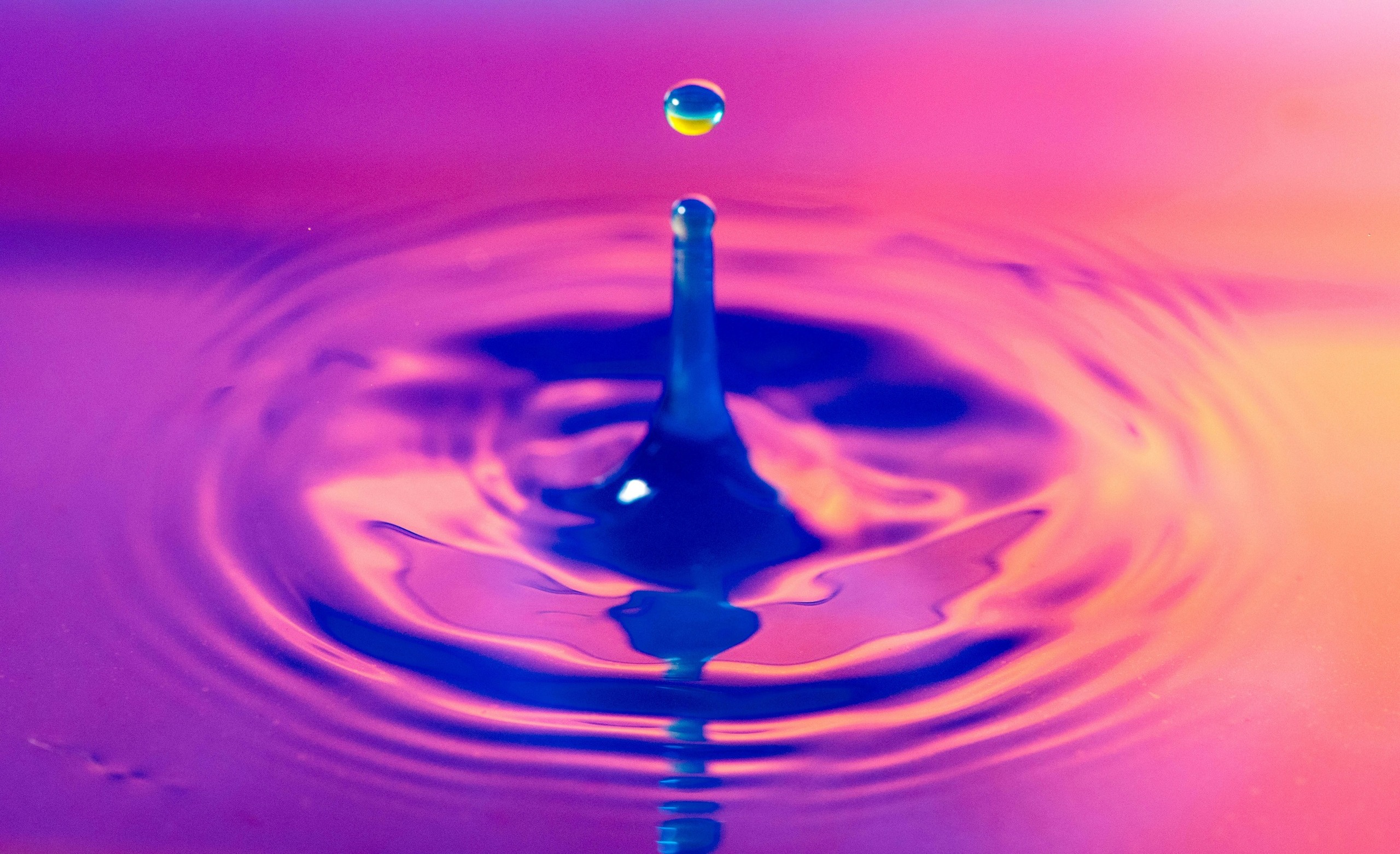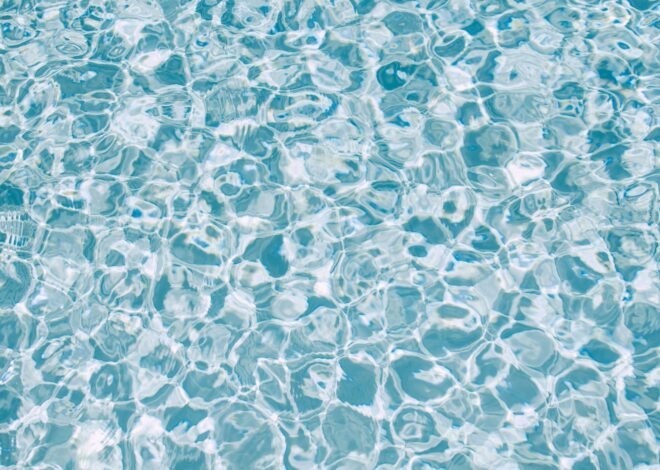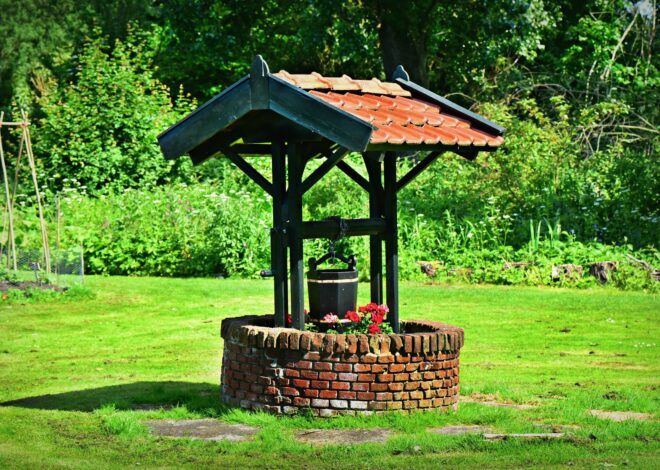
How To Build A Water Freedom System
Welcome to the ultimate guide on how to build a Water Freedom System. Water is life. Yet, in a world where droughts and shortages are becoming increasingly common, relying solely on municipal sources for this precious resource can be risky.
That’s where the Water Freedom System comes into play—offering a sustainable solution to reclaim your independence from traditional water supplies. Imagine harnessing nature’s bounty right from the sky above you! By capturing rainwater, filtering it, and making it safe for use, you can create a self-sufficient system that provides clean water year-round.
Whether you’re looking to reduce your carbon footprint or simply want more control over your water supply, building a Water Freedom System could be one of the best projects you ever undertake. Ready to dive into this transformative journey? Let’s explore how to build a Water Freedom System that will keep your home nourished while respecting Mother Earth.
Introducing the Water Freedom System
The Water Freedom System represents a revolutionary approach to water sustainability. It emphasizes capturing rainwater, effectively turning what falls from the sky into a reliable resource for your home. This system isn’t just about conservation; it’s about empowerment.
By creating a network that collects and purifies natural rainfall, you become less dependent on external sources. Imagine reducing your monthly bills while contributing positively to the environment. The beauty of this system lies in its simplicity—anyone can set it up with the right guidance and tools.
It’s not merely an installation; it’s an investment in resilience. Whether you’re preparing for uncertain times or simply seeking eco-friendly solutions, embracing the Water Freedom System opens doors to endless possibilities.
How Does the Water Freedom System Work?
The Water Freedom System operates by harnessing nature’s most vital resource: rainwater. This system captures water runoff from roofs and other surfaces, directing it into storage tanks or barrels. Once collected, the water needs to be filtered to remove debris and contaminants.
Many systems use simple mesh screens or more advanced filtration techniques for this purpose. After filtering, the next step is purification. Various methods such as UV treatment or chemical disinfection ensure that the stored water is safe for consumption.
Additionally, smart designs incorporate a gravity-fed distribution system to deliver clean water where it’s needed most in your home or garden. This holistic approach not only ensures access to fresh water but also promotes sustainability through responsible resource management.
Benefits of Building a Water Freedom System
Establishing a Water Freedom System offers remarkable advantages for individuals and communities alike. One of the most significant benefits is the independence it fosters. You become less reliant on municipal water supplies, which can be unpredictable or costly.
Additionally, this system promotes sustainability by harnessing natural resources. Using rainwater not only conserves precious groundwater but also reduces storm water runoff that can harm local ecosystems. Cost savings are another appealing aspect.
Over time, you’ll notice a drop in your water bills as you utilize what nature provides. Another advantage lies in emergency preparedness. A reliable source of clean water ensures you’re equipped to handle unforeseen circumstances like droughts or supply interruptions.
Building such a system encourages self-sufficiency and empowers individuals to take control of their own resources while contributing positively to environmental conservation efforts.
Necessary Materials and Tools
Building a Water Freedom System requires some essential materials and tools. Start with rain barrels or cisterns for collecting rainwater. These containers will serve as your primary storage. Next, you’ll need downspout diverters to guide water from your roof into the barrels efficiently.
A good filtration system is crucial, so invest in sediment filters and activated carbon filters to ensure clean drinking water. Don’t forget about plumbing supplies like PVC pipes, connectors, and hoses. They’re vital for creating an efficient distribution network within your system.
Tools such as a drill, wrench set, and saw will help you assemble everything properly. A level can also be handy to make sure your tanks are stable. Having these materials on hand allows you to streamline the building process and ensures that you’re prepared for any challenges along the way.
Step-By-Step Guide: How To Build A Water Freedom System
Building a Water Freedom System can be an empowering project. It allows you to harness nature’s resources efficiently. Each step is crucial in creating a seamless experience with your new system. Always take time to plan thoroughly at each stage—this ensures longevity and efficiency in your water collection efforts.
Step 1: Finding a Suitable Location for Your System
Selecting the right location is crucial for your Water Freedom System. You want a spot that offers ample sunlight and good drainage. Natural light will help any solar components thrive, while proper drainage minimizes water pooling.
Look for an area close to where you’ll be using the water most, whether it’s your garden or home. Accessibility is key; you don’t want to lug buckets of water from far away.
Consider local zoning regulations and guidelines as well. Some areas have specific rules regarding rainwater collection systems that you’ll need to follow.
Think about potential obstacles like trees or buildings that could block rain runoff. A clear path ensures optimum efficiency when it rains. Choose wisely—this initial step sets the tone for your entire project!
Step 2: Gathering and Storing Rainwater
Gathering and storing rainwater is a vital part of the Water Freedom System. It’s an eco-friendly method to tap into nature’s resources. When it rains, you can capture this free water right from your rooftop.
Start by installing gutters that channel water directly into storage tanks or barrels. Make sure these containers are clean and designed for potable water if you plan on using it for drinking.
It’s essential to consider the size of your storage system based on average rainfall in your area. Larger tanks accumulate more rainwater, reducing reliance on municipal sources.
Don’t forget about first-flush diverters! They help ensure that debris and contaminants wash away before collecting cleaner rainwater. This simple addition keeps your stored supply fresh and safe for use.
Monitoring water levels is crucial, too; knowing when to use or conserve makes all the difference in maintaining a sustainable system.
Step 3: Filtering and Purifying the Water
Filtering and purifying water is a crucial step in creating your Water Freedom System. This process ensures that the rainwater collected is safe for drinking, cooking, and other uses.
Start with a basic filtration system. A first flush diverter can help remove debris from the initial rainfall before it enters your storage tank. Next, consider using sediment filters to capture larger particles such as dirt and leaves.
To further enhance purification, activated carbon filters are excellent for removing odors and chemicals. For those seeking additional safety, UV light systems can eradicate harmful bacteria without introducing any chemicals into your water supply.
Don’t overlook the importance of regular maintenance on these components. Clean or replace filters periodically to keep everything running smoothly. This will ensure high-quality water throughout every season while maximizing efficiency in your setup.
Step 4: Optional Add-Ons for Increased Efficiency
Enhancing your Water Freedom System can be both fun and practical. Consider adding a solar water heater. This innovation uses the sun’s energy to warm your collected rainwater, making it perfect for gardening or household use.
Another worthwhile addition is a first-flush diverter. This device helps ensure that the initial dirty runoff from your roof does not contaminate your stored water, improving its quality significantly.
For those looking to maximize storage, installing additional tanks can increase capacity. More tanks mean more water available during dry spells.
Smart monitoring systems are also gaining popularity. They allow you to check levels remotely and receive alerts when maintenance is needed.
Think about incorporating drip irrigation for efficient watering of plants using minimal resources. Each add-on contributes to sustainability while optimizing the performance of your system.
Tips for Maintaining and Expanding Your System
Maintaining your Water Freedom System is crucial for efficiency. Regularly check filters and replace them as needed. This ensures clean, safe water. Inspect storage tanks for leaks or damage. A small crack can lead to significant water loss over time. Keeping everything intact helps maximize your resources.
Consider seasonal factors too. In dry months, you might want to optimize how you capture rainwater by adjusting the angle of collection surfaces or adding more gutters. When expanding your system, think about additional storage options.
Extra barrels can significantly increase capacity during peak rainy seasons. Incorporate native plants in your landscaping around the system area. They require less maintenance and help with soil erosion control while naturally filtering runoff water.
Stay informed about new technologies or methods that could enhance efficiency or reduce costs in maintaining your setup. Exploring innovative solutions keeps your system thriving longer.
Troubleshooting Common Issues
Troubleshooting a Water Freedom System can feel daunting, but many issues have straightforward solutions. If you notice reduced water flow, check for blockages in the gutters or downspouts. Leaves and debris can pile up quickly, hindering your system’s efficiency.
Cloudy water is another common concern. This often indicates that your filtration system needs attention. Make sure to replace filters regularly and inspect them for any damage. In cold climates, freezing temperatures can affect your setup too. Insulate pipes and storage tanks to prevent ice formation during winter months.
If you’re facing algae growth in storage tanks, consider adding a UV filter or increasing sunlight exposure around the tank area to discourage its development. Regular maintenance checks will keep these problems at bay!
Real-Life Examples of Successful Water Freedom Systems
Across the globe, people are embracing Water Freedom Systems to achieve self-sufficiency. In a small town in Oregon, a family transformed their property into an oasis by installing a 1,500-gallon rainwater collection system. They now enjoy lush gardens and have significantly reduced their dependence on municipal water.
In urban environments, innovative solutions abound as well. A couple in San Francisco converted their rooftop into a rainwater harvesting hub. Their system channels runoff into storage barrels that provide irrigation for potted plants and trees on their balcony.
Schools are also getting involved. An elementary school in Texas set up a hands-on learning project where students built their own water collection systems. This initiative not only educates children about sustainability but also supplies them with fresh water for landscaping projects.
These examples showcase how diverse communities can adapt Water Freedom Systems to suit various needs while promoting environmental consciousness.
Final Thoughts: Building a Water Freedom System
Building a water freedom system provides an excellent way to gain independence from municipal water supplies. It empowers you to harness nature’s resources while ensuring access to clean and safe water. As we’ve explored, the process involves strategic planning, collecting rainwater, filtering it effectively, and possibly adding enhancements for efficiency.
The benefits range from reduced utility bills to increased sustainability practices in your household. Maintaining the system is straightforward with regular checks and upkeep. Plus, by examining real-life examples of successful systems across various environments, it’s clear that this approach can work for anyone willing to invest time and effort into the project.
Implementing these steps can lead you toward a more sustainable lifestyle while enjoying the peace of mind that comes with knowing you’re taking control of your water supply. Start building your own water freedom system today; the rewards will be well worth it!







This is a very important topic and something that I’m surprised more people don’t do! I have always thought about collecting rain water, but it seemed daunting. The way you break it down into these steps makes it look more manageable. The examples you stated about the family in Oregon, the couple in San Francisco and the school in Texas is definitely motivating! I think people in general have lost their ability to be self sufficient. Being able to collect rain water is a skill that every family should know. Thank you so much for this article- you’ve opened my eyes to how important this really is!
Hey Misty,
Water is life! Without it, you don’t stand a chance and relying on city water is not only getting expensive but unreliable in some parts of the United States. Most people take water for granted and you really can’t blame them because it’s all we know. Turning on the faucet and getting a glass of water is easy.
Most people do it without much thought including myself. But what if something happened and our faucets ran dry. It’s not so far fetched. Look what’s happening in California. Farmers cannot grow crops because of water shortage and residents are rationing water not to mention rolling blackouts as well.
So we should all consider building our own water freedom systems. You never know what may be coming our way. We can only hope for the best and prepare for the worst. Even if it’s buying bottled water you are still preparing. Thanks for stopping by and sharing your thoughts with us today.
Best wishes,